On average, 15% of what is in the bins is in fact in the wrong place (source ICI Radio Canada). In addition, sorting regulations vary from city to city. In Quebec, we are fortunate to have a tool made by the government: Ça va où ? (Where does it go?) It helps you find where to throw very specific objects, depending on the city where you are.
The recycling bin
This bin is for materials that will be transformed to create new objects. It goes from paper to cardboard, including newspapers, flyers and magazines. Metal and aluminum are also recyclable. For plastic, things get complicated. Flexible plastics are recyclable as well as rigid plastics which have the recycling symbol with the numbers 1 to 7 inside. Glass is also recyclable, but you have to be careful to remove any caps and labels that are not. Finally, all these materials should be washed or rinsed before being put in the recycling bin.
The compost bin
The organic waste, which will be turned into compost, is the leftover food. It can be food shells (eggs, nuts, etc.), candies (except chewing gum), dairy products, meat and any other natural or processed food product. Soiled paper and cardboard can also be thrown in the compost (pizza boxes, tissues, cold ashes, etc.).
If you don't have a compost bin, use it for your plants or give it to someone who can put it to good use.
The trash bin: the last recourse
Everything that is not put in the compost or recycling must go in this bin: corks, cigarettes, anything made up of several materials such as cookie or chip wrappers, anything that isn't a natural material or that does not contain the recycling symbol with the numbers 1 to 7.
The exceptions
However, there are exceptions: light bulbs, electronics, batteries, etc. It is important to be sure of knowing where to put a waste since it can pollute several others and make them non-recyclable or non-compostable, for example.
The importance of sorting
Canada, being the champion of waste production in the world (source Le Devoir), has a lot of work to do in terms of waste management.
A better waste sorting would benefit the environment as well as the health of everybody since chemical fertilizers could be replaced by compost, greenhouse gas emissions would be reduced and quite simplier, waste would be removed from nature. In addition, creating objects from raw materials is more polluting than producing these same objects with recycled materials. Finally, more assiduous sorting would reduce government costs since landfills would be less full and sorting centers would be more efficient at sorting recyclable materials.
Shop your winter jacket made from over 30 recycled plastic bottles:
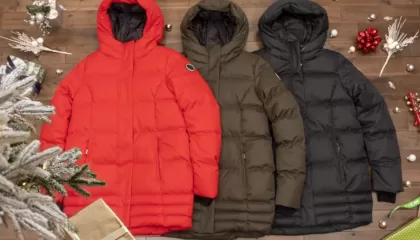 Read more +
December 16, 2020 By Alizée in Uncategorized
Read more +
December 16, 2020 By Alizée in Uncategorized
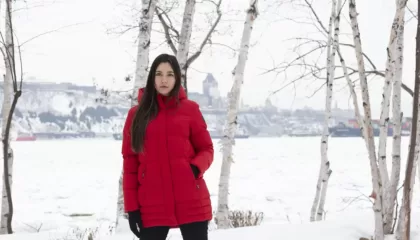 Read more +
November 12, 2020 By Alizée in Blog, Uncategorized
Read more +
November 12, 2020 By Alizée in Blog, Uncategorized
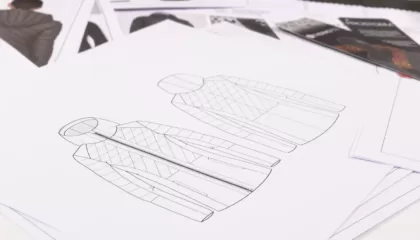 Read more +
October 14, 2020 By Alizée in Blog, Uncategorized
Read more +
October 14, 2020 By Alizée in Blog, Uncategorized
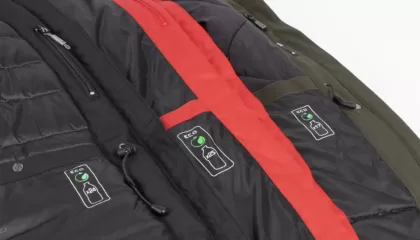 Read more +
March 16, 2020 By Alizée in Blog, Uncategorized
Read more +
March 16, 2020 By Alizée in Blog, Uncategorized
 Read more +
By Alizée in Blog, Uncategorized
Read more +
By Alizée in Blog, Uncategorized
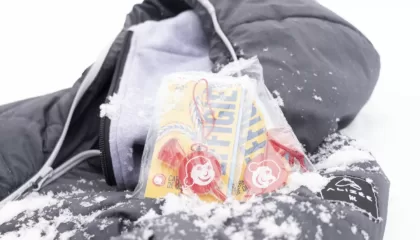 Read more +
January 16, 2020 By Alizée in Blog, Uncategorized
Read more +
January 16, 2020 By Alizée in Blog, Uncategorized
 Read more +
December 10, 2019 By Alizée in Blog, Uncategorized
Read more +
December 10, 2019 By Alizée in Blog, Uncategorized
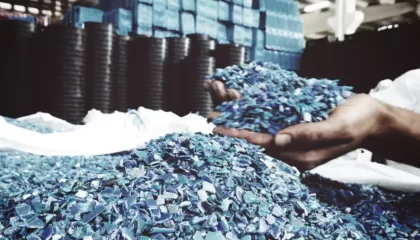 Read more +
January 15, 2019 By Audrey Turcotte in Blog, Uncategorized
Read more +
January 15, 2019 By Audrey Turcotte in Blog, Uncategorized
 Read more +
November 13, 2018 By Geneviève Goulet-Cloutier in Blog, Uncategorized
Read more +
November 13, 2018 By Geneviève Goulet-Cloutier in Blog, Uncategorized
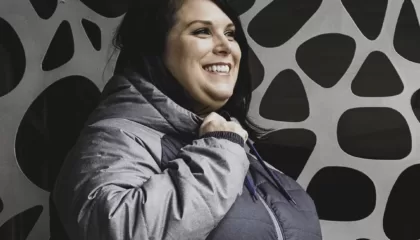 Read more +
September 14, 2018 By admin in Blog, Uncategorized
Read more +
September 14, 2018 By admin in Blog, Uncategorized